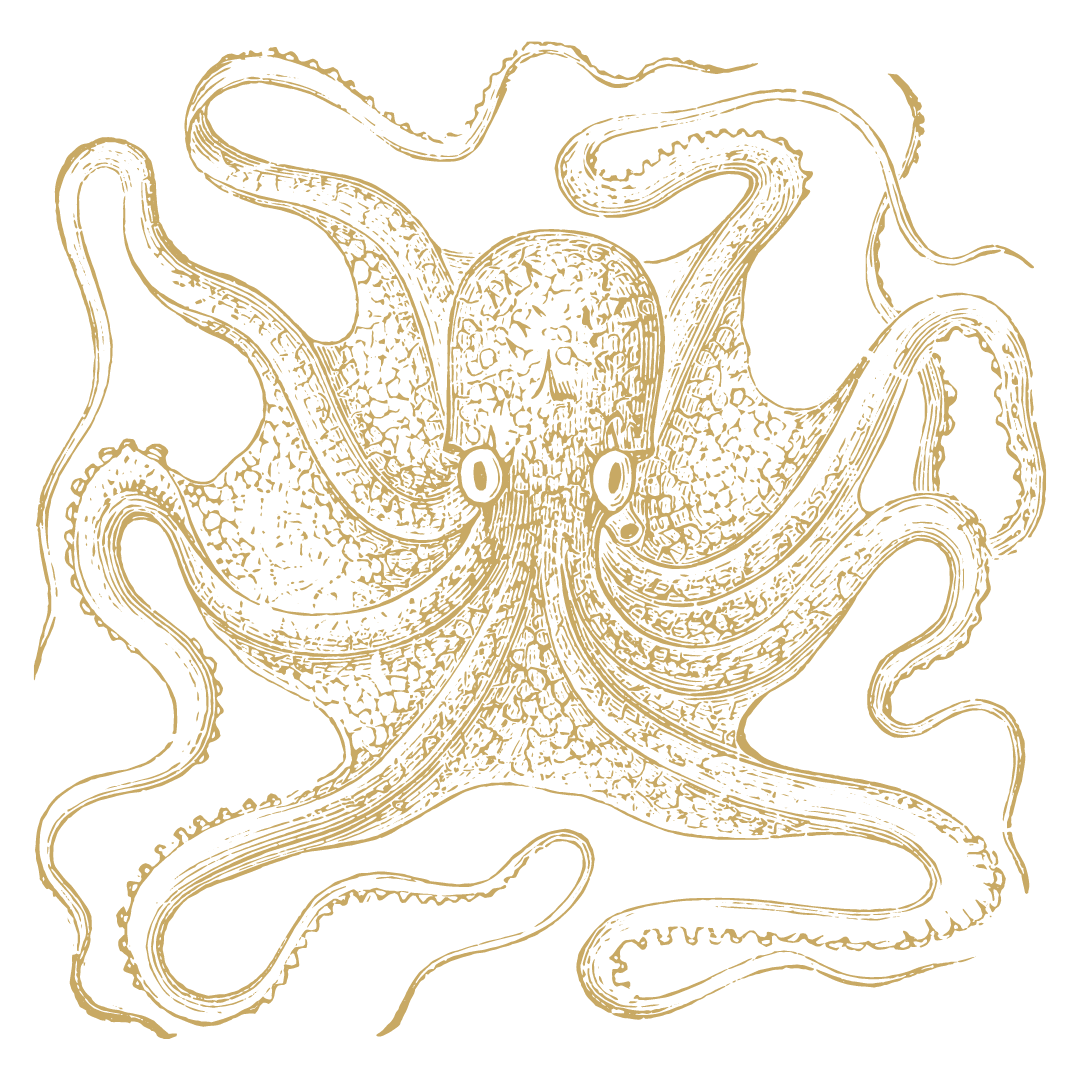No. 23: The Liminal Space
/Dear friend,
March 18th was the 11th Wednesday of 2020; it was also the first Wednesday of quarantine. That day I asked (rather innocently in hindsight) “How will you live when we emerge?”
So far, the answer is “we don’t know”; I don’t think we’ll know for a while.
I can’t predict how long we’ll be in the strange liminal space we’ve been living in since then, but there was no way I could have predicted the seismic changes we’ve been experiencing during that time.
Liminal spaces are waiting spaces: You’ve left something behind you, but haven’t yet reached what’s next. We all experience liminality when we wake up and are in that space between sleep and wakefulness, when you don’t know what’s real and what’s a dream.
Liminality isn’t always fleeting. Traveling is a liminal experience; so is graduation or that period between jobs. Immigrants live in the in-between (my experience as one is key to who I am) and there are tons of people who live in-between stages for a long time, if not forever. Of course, “in-between” is relative to where you live and what surrounds you.
Liminal spaces are creative spaces. Liminality can be a delicious time, when we’re disoriented and unmoored and lead to new ways of thinking and freedom from the old. Liminality can be positive when those of us who don’t neatly fit into any category learn to observe, absorb, and then create and define our own path. It’s our super power.
But this cocooning sounds misleadingly cozy. Let’s talk about the work that happens during cocooning in nature.
Butterflies actually carry the hard shells that allow them to go into the liminal stage inside of them even before their change. The chrysalis isn’t outside protection, it’s been inside the caterpillar the whole time, just like we carry what we need to effect change inside of us all along.
This shell isn’t just to keep the outside world out, it serves to hold the violent changes needed for real change in.
Sam Anderson in the New York Times Magazine explains it this way:
“Terrible things happen in there: a campaign of grisly desolation that would put most horror movies to shame. What a caterpillar is doing, in its self–imposed quarantine, is basically digesting itself. It is using enzymes to reduce its body to goo, turning itself into a soup of ex-caterpillar — a nearly formless sludge oozing around a couple of leftover essential organs (tracheal tubes, gut).
Only after this near-total self-annihilation can the new growth begin... That’s how you get a butterfly: out of the horrid meltdown of a modest caterpillar.”
This stage we’re in, this liminality, is difficult because change is difficult. Usually we enter these in-between spaces as individuals. This worldwide cocooning is historic; it stands to reason that we weren’t all ready for it to happen at once. That’s the only part of it that’s new.
Here’s to the work and the growth ahead.


